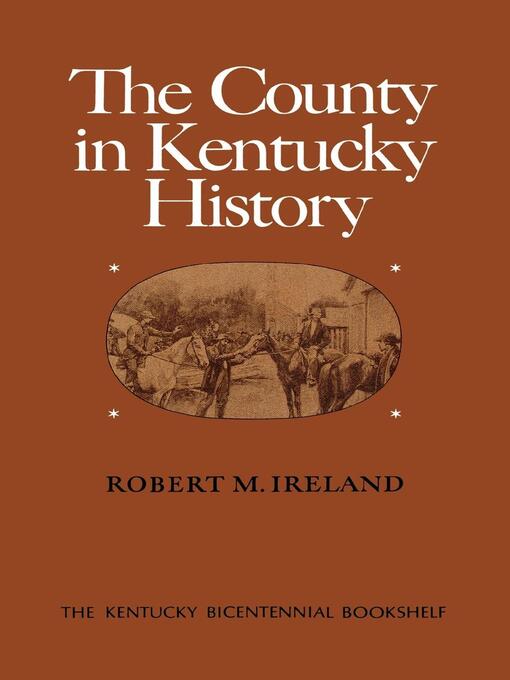In the nineteenth century, Kentucky was one of the nation's leading producers of racehorses, whiskey, tobacco — and new counties. By 1886 the three original Kentucky counties had been carved into 119 (belated 120th was to be formed in 1912). These small divisions commanded the fierce loyalty of their citizens and for most Kentuckians formed the center of political and community life.
The County in Kentucky History shows the bitter strife of countywide feuds and the conviviality of court day, the sporadic outbreaks of ill-feeling between town and country and the high-spirited brawls that regularly accompanied elections. Robert M. Ireland traces the structural changes in county government from the days when justices of the peace made up a self-perpetuating county court to the more democratic period when the buying of votes replaced the buying of offices.
The most beneficial change that could come to local government — consolidation into fewer units — Ireland sees as unlikely where the tradition of county loyalties and rivalries remains as strong as it does in Kentucky.

